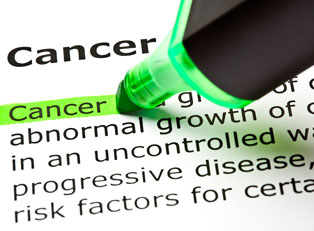Adult women of all ages are encouraged to perform breast self-exams at least once a month. While mammograms can help you to detect cancer before you can feel a lump, breast self-exams help you to be familiar with how your breasts look and feel so you can alert your healthcare professional if there are any changes.
Step 1
Begin by looking at your breasts in the mirror with your shoulders straight and your arms on your hips. Specifically not the size, shape, and color. Look for any visible distortion or swelling. If you see any of the following changes, bring them to your doctor's attention:
- Dimpling, puckering, or bulging of the skin
- A nipple that has changed position or an inverted nipple
- Redness, soreness, rash, or swelling
Step 2
Raise your arms and look for the same changes. Again, note any changes in the contour of the breast, any swelling or dimpling of the skin, or changes in the nipples. Bring concerns or questions to your doctor's attention.
Step 3
While you are in front of a mirror, look for any signs of fluid coming out of one or both nipples. Bring concerns or questions to your doctor's attention.
Step 4
Next, feel your breasts while lying down, using your right hand to feel your left breast and then your left hand to feel your right breast. Use a firm, smooth touch with the first few finger pads of your hand, keeping the fingers flat and together. Use a circular motion, about the size of a quarter. Cover the entire breast from top to bottom, side to side — from your collarbone to the top of your abdomen, and from your armpit to your cleavage.
Follow a pattern to be sure that you cover the whole breast. You can begin at the nipple, moving in larger and larger circles until you reach the outer edge of the breast. You can also move your fingers up and down vertically, in rows. This up-and-down approach seems to work best for most women. Be sure to feel all the tissue from the front to the back of your breasts: for the skin and tissue just beneath, use light pressure; use medium pressure for tissue in the middle of your breasts; use firm pressure for the deep tissue in the back. When you've reached the deep tissue, you should be able to feel down to your ribcage.
Step 5
Finally, feel your breasts while you are standing or sitting. Many women find that the easiest way to feel their breasts is when their skin is wet and slippery, so they like to do this step in the shower. Cover your entire breast, using the same hand movements described in step 4.



